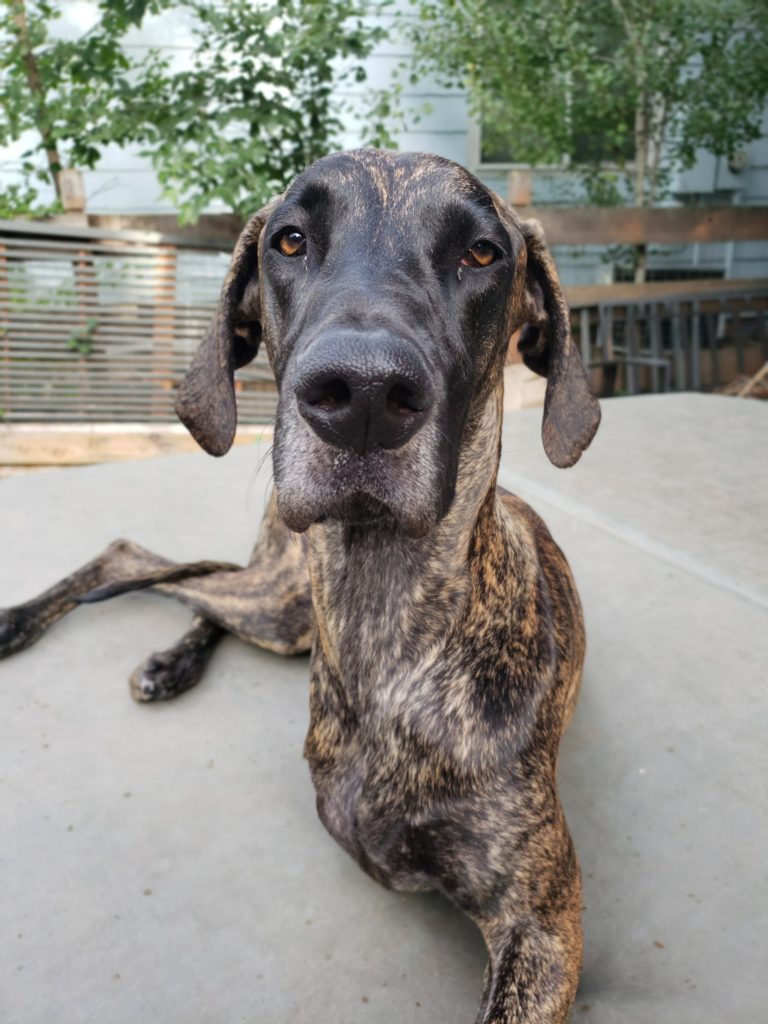Bloat in Great Danes is a scary and unfortunately common and life-threatening emergency. Gastropexy (also known as ‘stomach tacking’) is a surgical procedure that may help lower the risk of death associated with bloat. What are the stomach tacking pros and cons?
Today we are sharing our thoughts on gastropexy so you can make an informed decision for your Great Dane!
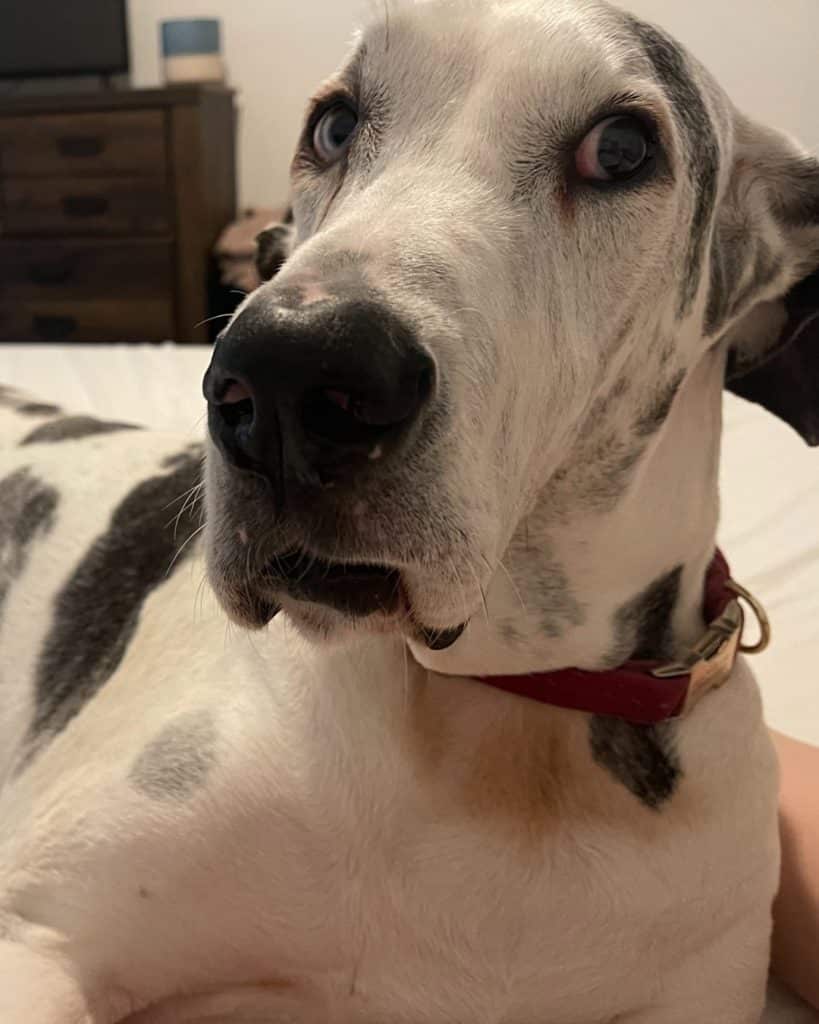
What is Bloat in Great Danes?
The term bloat is the common phrase for “gastric dilatation and volvulus”. Many people shorten this to ‘GDV’, which we will do throughout this article.
Bloat is a life-threatening condition where a dog’s stomach fills with gas, fluid, or air. Volvulus (AKA “torsion”) is the second (and most dangerous stage) when the bloated stomach flips over on itself.
A Great Dane stomach flip can cut off the blood supply and blood flow to the stomach, and may also result in damage to surrounding organs.
Unfortunately, like many other large and giant breed dogs, Great Danes are prone to bloat and torsion (GDV). Labradors, Boxers, Greater Swiss Mountain Dogs, Doberman Pinschers, Standard Poodles, Basset Hounds, and German Shepherds are just some of the deep-chested breeds that may also suffer from GDV.
Bloat is an emergency situation that is largely related to genetics, poor gut health, and poor temperaments.
GDV in Great Dane dogs will often be the cause of a sudden traumatic and painful death. For dogs that survive, stomach damage and damage to the surrounding organs are common complications.
Gastric dilatation-volvulus requires immediate treatment, even if your Great Dane has had a prophylactic gastropexy procedure to prevent twisting.
Unfortunately, you cannot actually prevent GDV, but there are things you can do to minimize the increased risk associated with owning a large or giant breed dog.
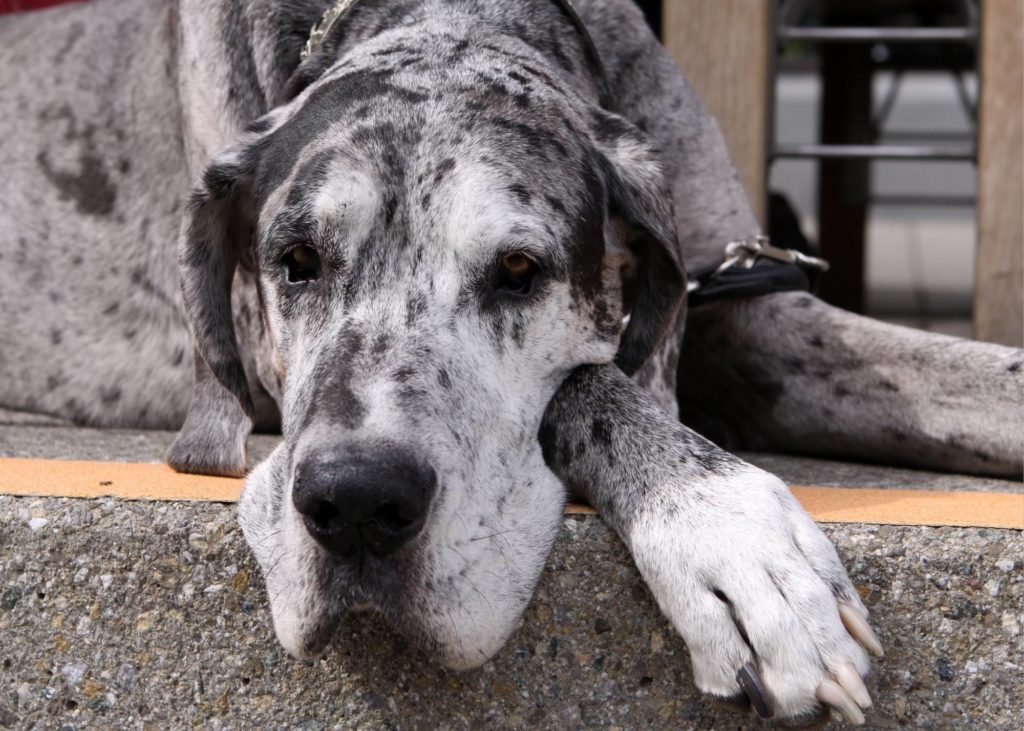
What is Gastropexy?
A prophylactic gastropexy (AKA “stomach tacking”) is an elective surgery where your Great Dane’s stomach will be surgically attached to the body wall inside of the abdominal cavity.
This is typically done when a Great Dane is under anesthesia for their spay or neuter surgery.
This elective stomach tacking procedure should, in theory, prevent your Great Dane or other large breed dogs from experiencing torsion.
Prophylactic Gastropexy will not necessarily prevent a dog from developing bloat (this is where the swollen, gas or air-filled stomach pushes against the abdominal wall), but it can help prevent the stomach from leaving it’s normal position if bloat happens.
Gastric dilatation and volvulus is a two-part event that begins with the bloated stomach. Preventative gastropexy aims to reduce the risk of torsion and stomach flipping.
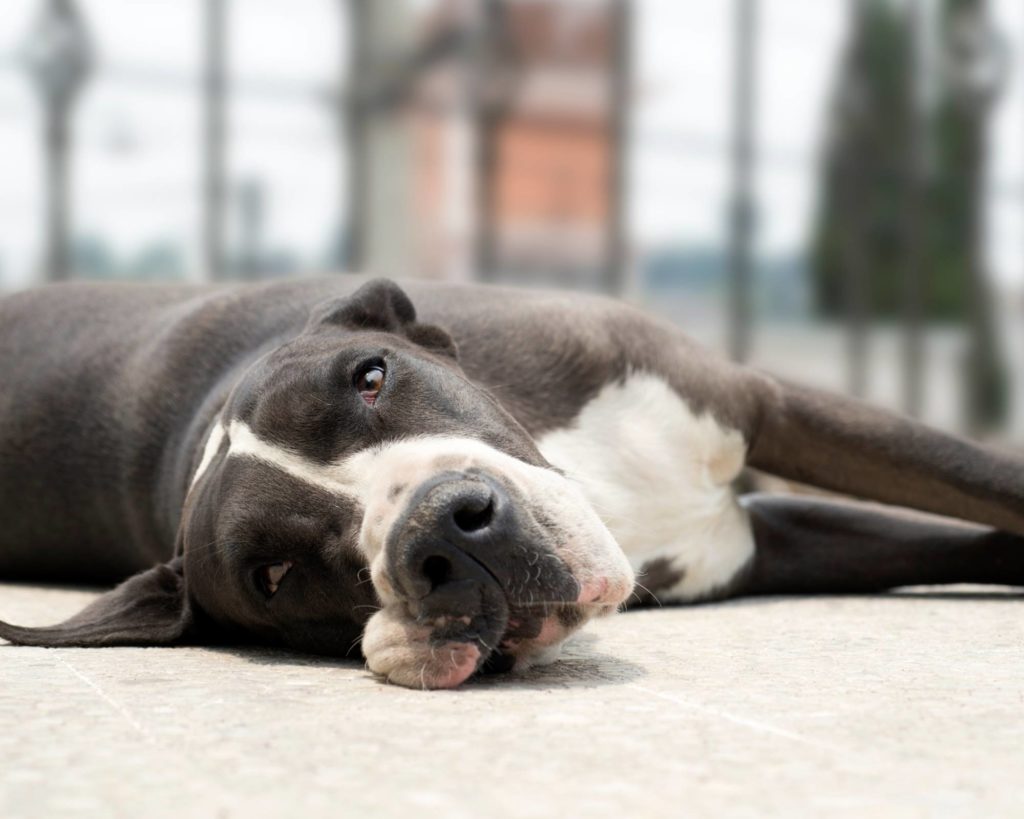
The Different Types of Gastropexy
Prophylactic Gastropexy of ANY type is a medical procedure that requires anesthesia and a healing period of several days. Diligent post-operative care is required.
Science and minor technical modifications in veterinary medicine mean a quicker recovery and better results for any dog who undergoes the procedure.
It is exceptionally important that you choose a veterinary surgeon who is experienced with performing gastropexy procedures!
Your veterinarian may perform gastropexy on your Great Dane in one of three ways:
Laparoscopic Gastropexy
With this method, small incisions are made near the belly button and into the rib cage and the laparoscope is introduced into each to suture the stomach to the abdominal wall.
Endoscopic Gastropexy
With this method, an incision is made near the rib cage, and an endoscope is introduced via the dogs mouth. A needle is passed through and used for identifying the area and then suturing the stomach to the abdominal wall.
Traditional Gastropexy
With a traditional gastropexy, an incision is made near the belly button which allows the veterinarian access to manually suture the stomach.
Talk to your veterinarian about this preventative measure, which may save your dog’s life in the event that you see them developing a swollen stomach and bloat!
Stomach Tacking Pros and Cons
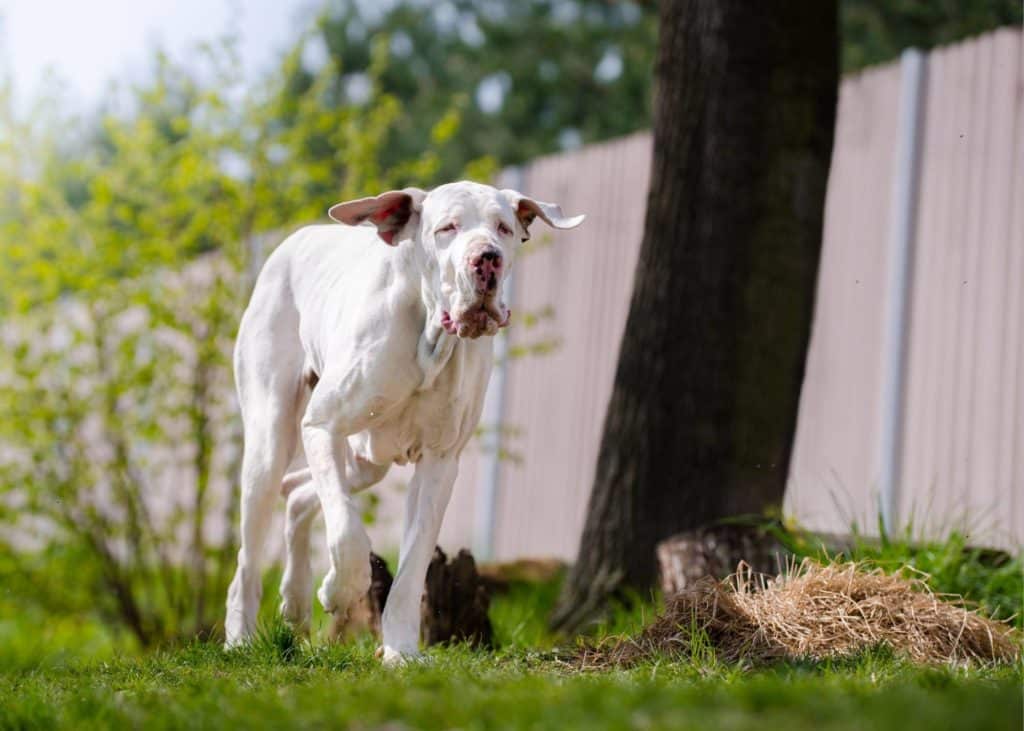
Should I have my Great Danes Stomach Tacked?
While choosing preventative gastropexy is a highly personal decision, we recommend that Great Danes with the following bloat risk factors definitely consider undergoing the procedure and have their stomach tacked:
- A family history of bloat or bloat noted in the last 3-5 generations of the pedigree
- Great Danes that are anxious, fearful, nervy, excessively ‘protective’ or aggressive
- Dogs that eat quickly and scarf food
- Dogs that a fed a dry-only diet without any canned, fresh, or raw foods
- Danes that have poor gut health and struggle with chronic loose stools
- Those that live without extremely fast access to quality emergency veterinary care, 24/7
Want more information on Great Danes and bloat? Check out our bloat myth-busting article below:
Great Dane Bloat Myth Busting: What You Should Know
Does Resting After Meals Prevent Bloat in Great Danes?
It is our belief, overall, that all Great Danes benefit from gastropexy. It is a minimally invasive procedure that can provide life-saving benefits.
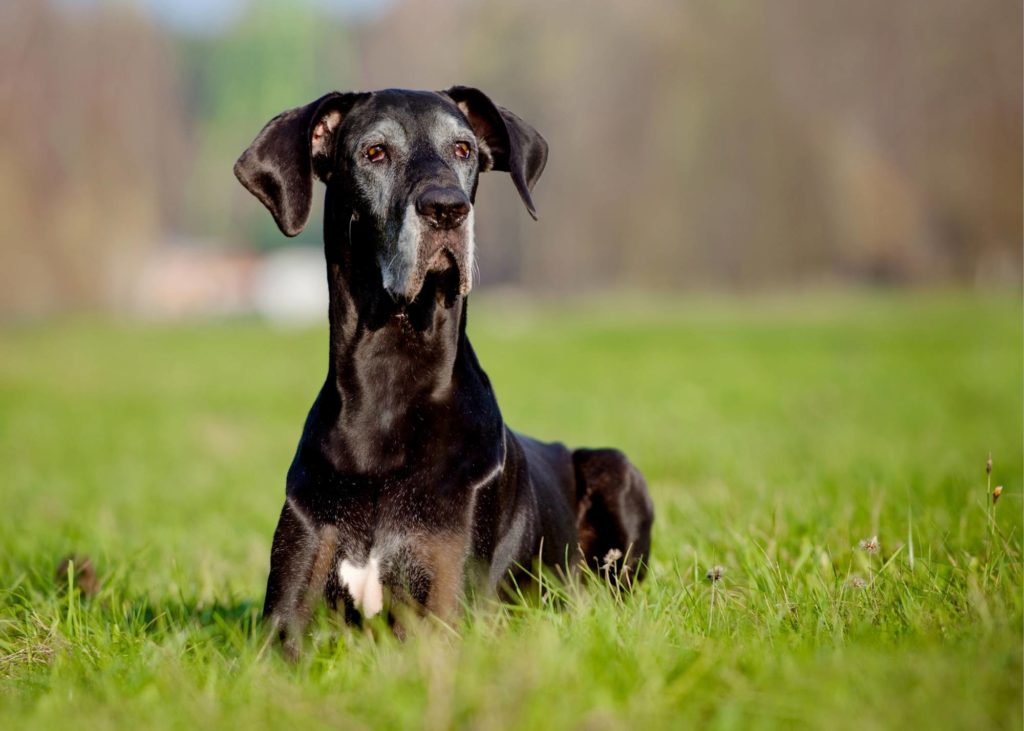
Surgical complications of stomach tacking
Gastropexy can be beneficial to all Great Danes, however, it is also a medical procedure involving open surgery to the stomach layers, inside muscle and tissues, large blood vessels, the gastrointestinal tract, and the left or right abdominal wall.
Great Dane Gastropexy Risks
Most dogs experience very few complications, but these risks are important to note with any type of elective medical procedures.
Complications may include damage to the stomach wall or body wall, blood clotting issues, problems related to anesthesia and post-op recovery as well as damage to your dog’s stomach caused by improper surgical technique or error.
Finding an experienced veterinarian is key.
Always do pre-op bloodwork; this extra expense can save your dog’s life. An echocardiogram is also warranted for dogs with any sign of a heart condition.
Additionally, some dogs who experience bloat later in life may still experience torsion; as dog ages, their stomach tack may not hold up as well as it used to.
When considering this procedure, consider the costs associated with emergency surgery (which is typically required for Great Danes that experience bloat).
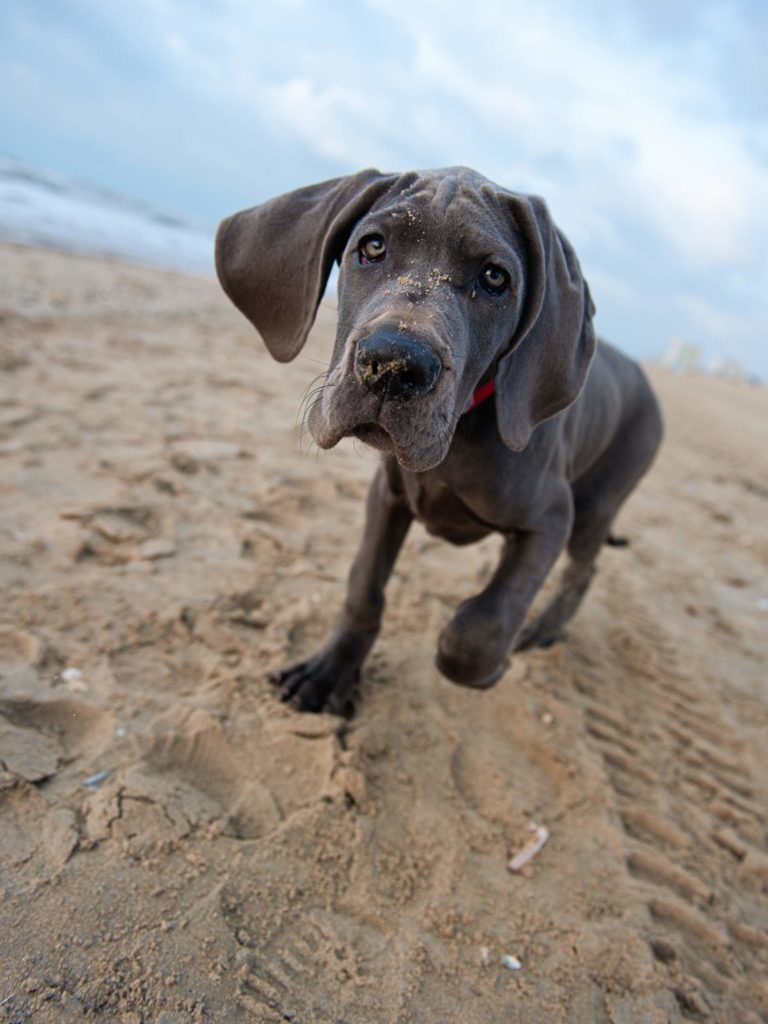
Recovery Time for Gastropexy in Dogs
Since incisional gastropexy requires sutures and the cutting of healthy tissue in your dog’s abdomen, involved post-operative care is required to prevent infections.
Your dog will need to wear a cone or a surgical suit and be under strict resting, supervision, and limited-movement protocols while in recovery, typically 7-14 days.
Your veterinarian will give you information about caring for the sutures, as well as a green light for when it will be ok to allow your dog to resume normal activity and bath, get wet, play in the mud, run and go for walks.
We recommend a Great Dane surgical suit. You will still need to supervise your dog so that they don’t chew or lick the incision, but this can be a much more comfortable option than a traditional cone.
PRO TIP: Buy multiples so that your dog can wash-one-wear-one.
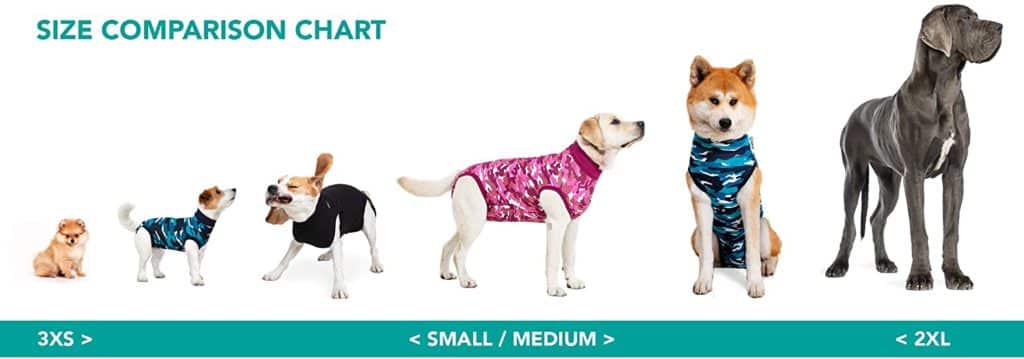
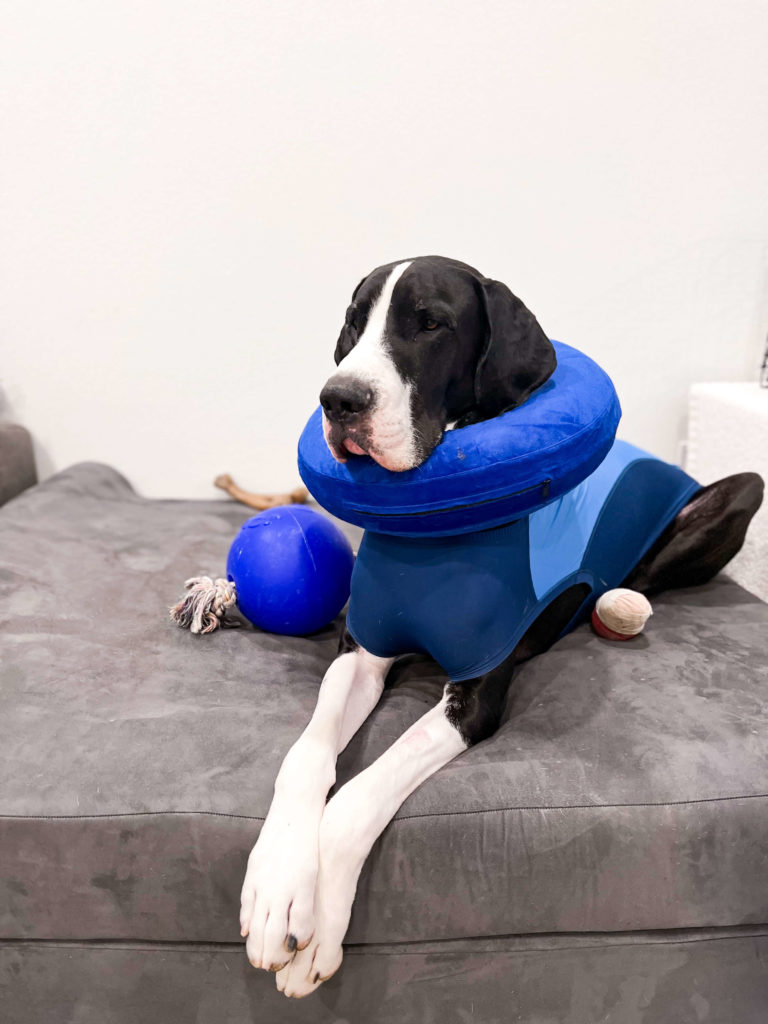
Great Dane Stomach Tacking Cost
A typical stomach tacking surgery will run between $400 and $4000!
The cost largely depends on your veterinarian, geographic region, pre-op testing, and the type of procedure that was chosen.
Some insurance companies may cover at least some of the expenses associated with Prophylactic gastropexy, including pre-op bloodwork. They may consider it a preventative procedure that may reduce the costs of emergency surgery and veterinary care when your dog is older.
Ask your veterinarian for a referral to see if a company offers this coverage in your area.

How old should a Great Dane be before stomach tacking surgery?
We recommend talking to your veterinarian, assuming that they are both highly experienced with GIANT breed dogs and have a lot of experience with the gastropexy procedure.
Our personal stance is that it should not be performed on puppies or immature dogs; ideally, you want to wait until 18-24 months of age and have it done at the same time as spay or neuter surgery.
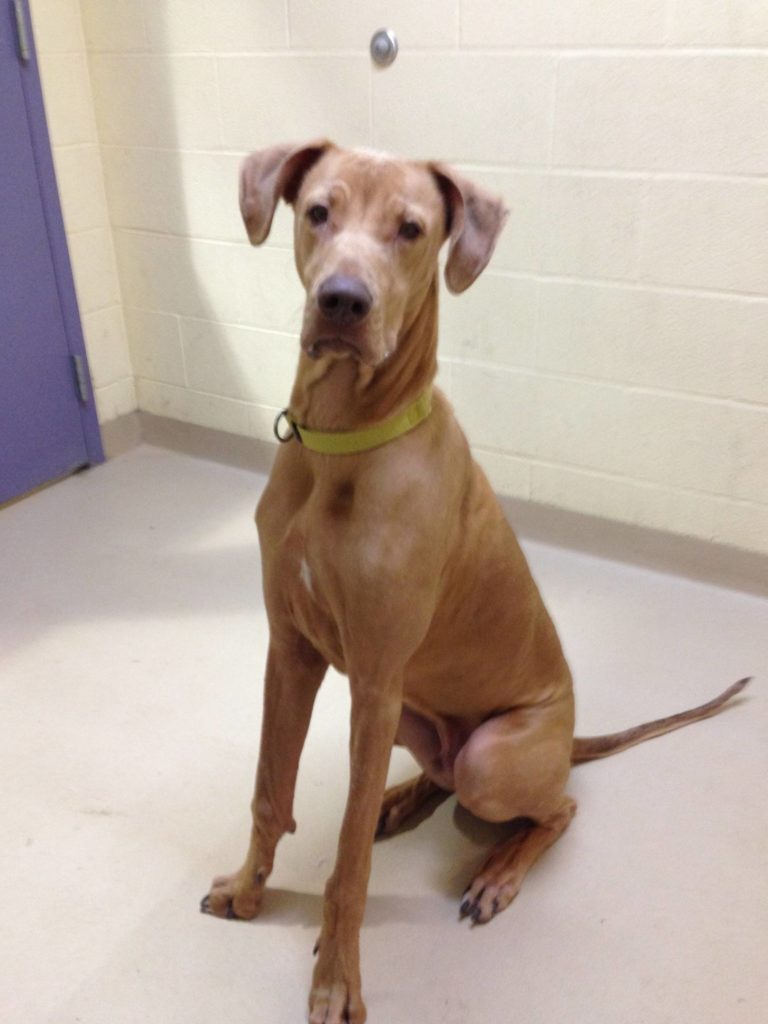
Other ways to help prevent bloat in your Great Dane
Bloat is largely related to genetics, temperament, and gut health. There is no known way to prevent bloat, but there are things you can do to minimize risk.
Choose ethical breeders who actively breed for robust structure, health, and temperament.
Encourage your dog to eat slowly and offer small, frequent meals. A single large meal may actually increase the risk of bloat!
Discourage scarfing, gorging, and interactions or training that cause or increase stress, anxiety, frustration, or aggression.
Resting before and after meals has never actually been proven as a preventative: most dogs who bloat do so on an empty stomach and while resting.
If a dog is going to develop GDV no matter what, there is unfortunately very little you can do to prevent it.
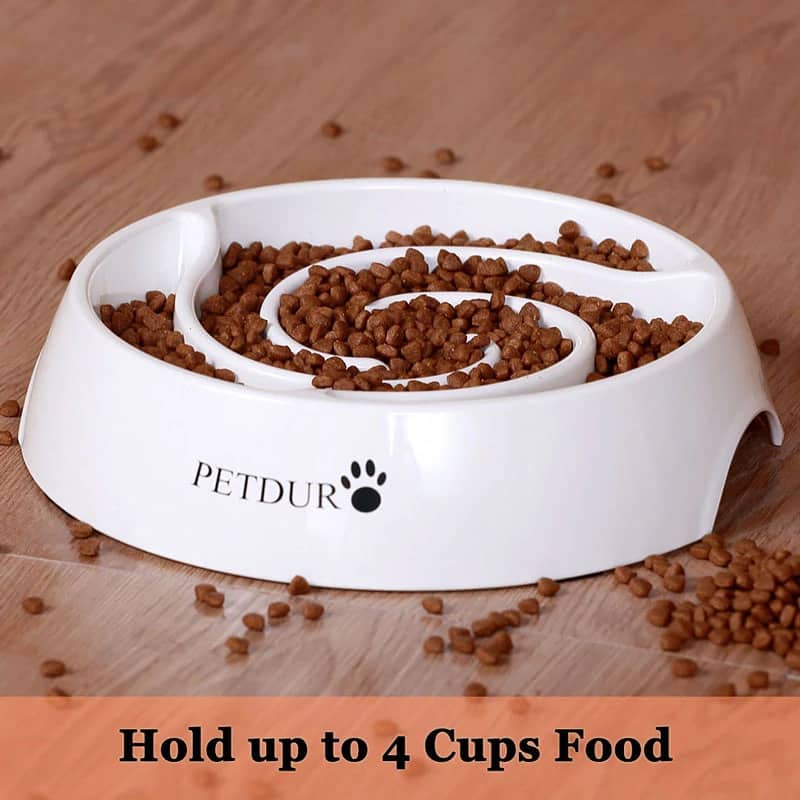
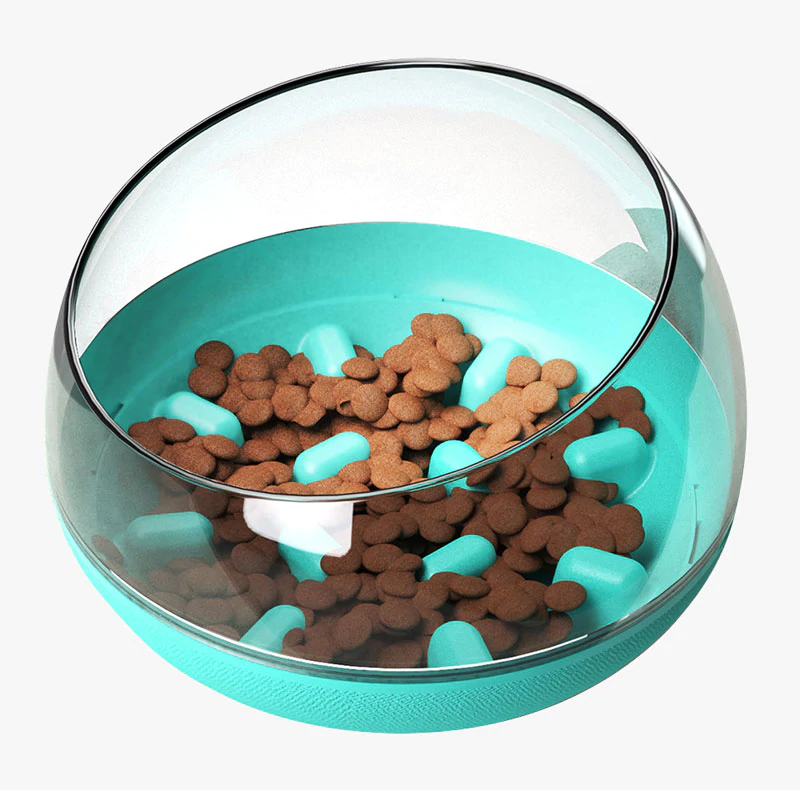
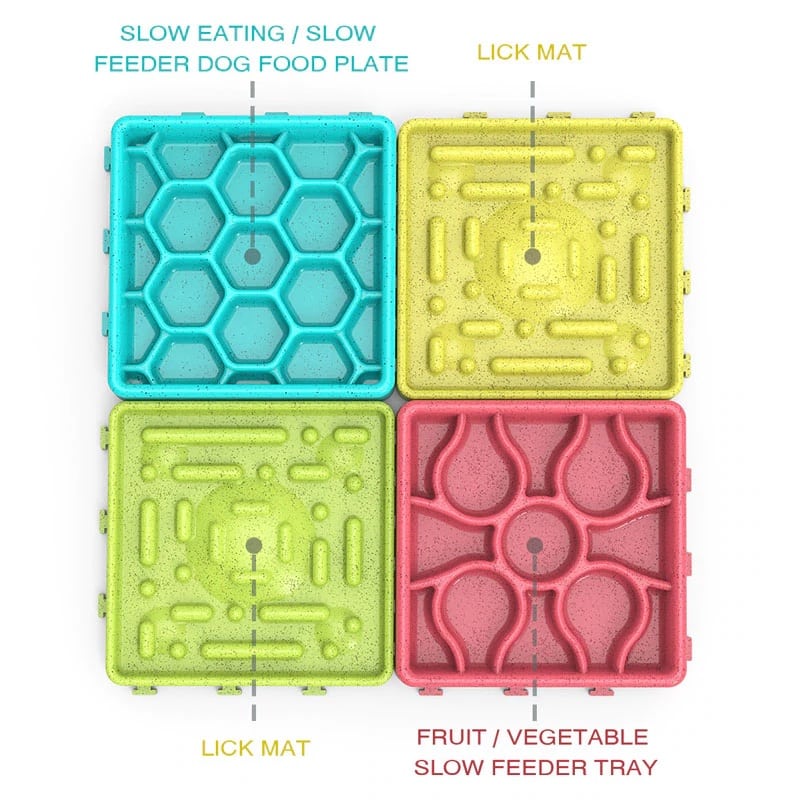
How can I tell if my Great Dane has a flipped stomach?
It is important to understand the signs of bloat. If you are concerned that your Great Dane may develop GDV, memorize the following symptoms.
A dog that is experiencing GDV may:
- Pace, whine, cry or act distressed
- Look at their stomach damage noted
- Have a distended abdomen
- Drool excessively
- Pant heavily
- Heave and attempt to vomit
- As the swollen stomach pushes against the abdominal wall or twists, the dog will eventually collapse
Great Danes and Bloat
We love our Great Danes for so many reasons. Losing one to bloat is devastating and our hearts go out to any owner who lost a dog this way. Do you have more questions about bloat? We’ve included some additional resources for you below!
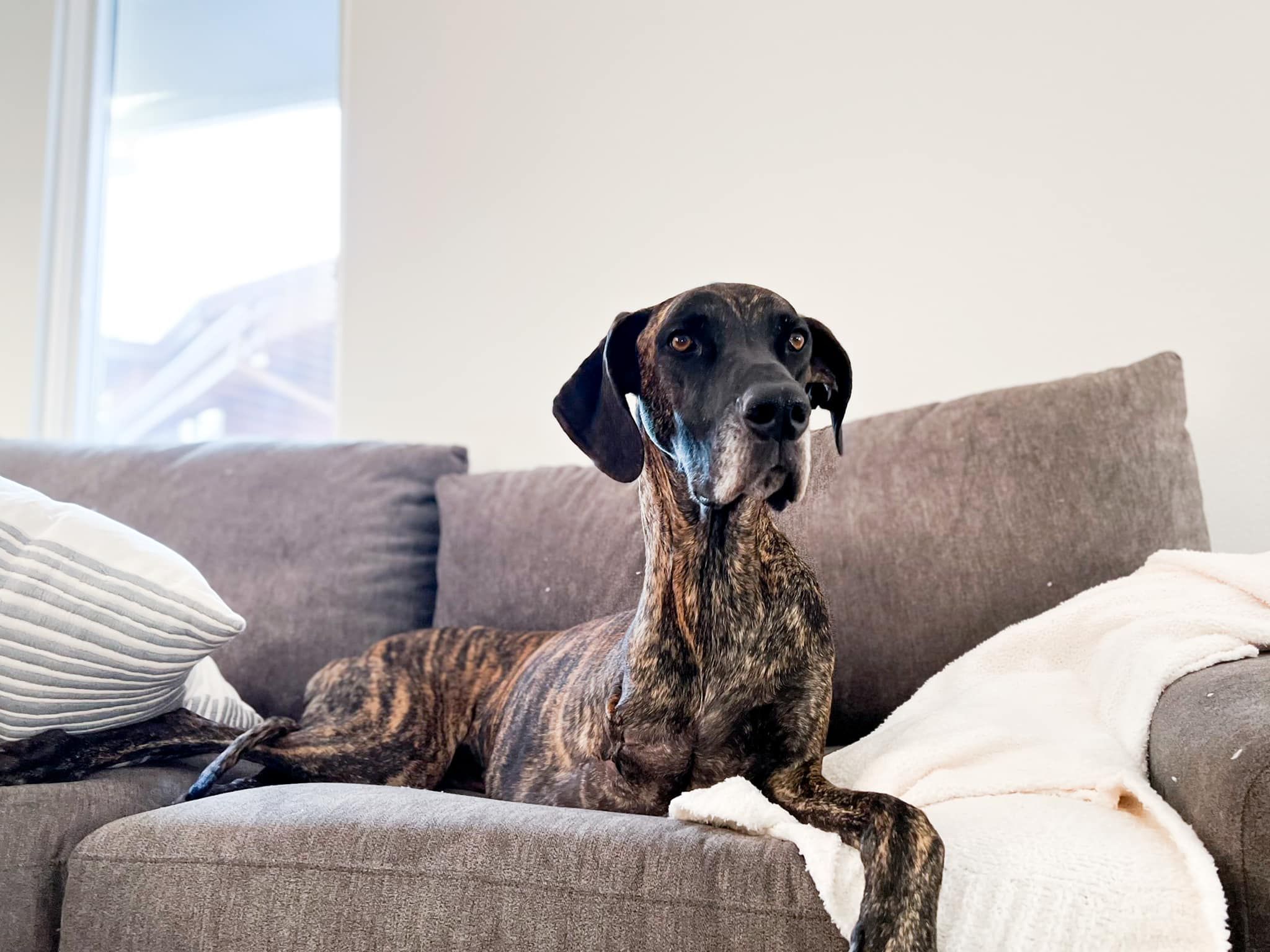



READ MORE:

